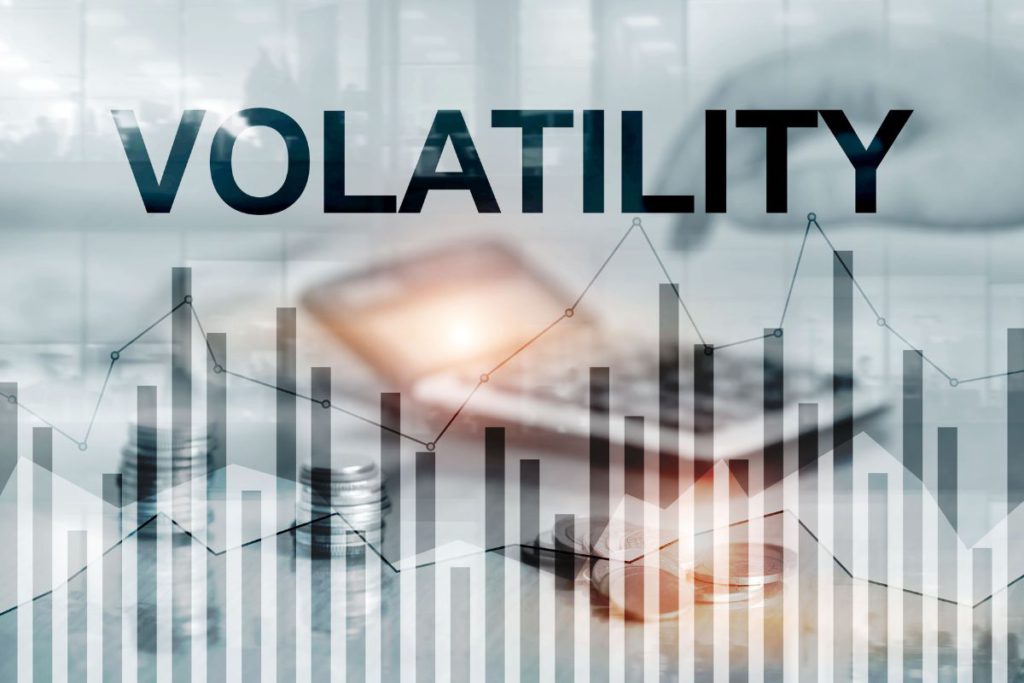In recent years, the financial world has witnessed a seismic shift in its landscape. A new player has emerged, reshaping market dynamics and challenging traditional norms. This player is none other than the retail investor. Armed with smartphones, commission-free trading apps, and a wealth of online information, individual investors are making their presence felt in ways that were unimaginable just a decade ago. In this comprehensive guide, we’ll explore the rise of retail investors and their profound impact on market dynamics and volatility.
Who Are Retail Investors?

Before we dive into the impact, let’s clarify who we’re talking about:
Retail investors are individual, non-professional investors who buy and sell securities for their accounts. They typically trade smaller amounts than institutional investors, such as mutual funds or pension funds.
Key Characteristics of Retail Investors:
- Trade with personal capital
- Often have day jobs unrelated to finance
- Typically, they have smaller trading volumes
- Use online brokers or trading apps
- May have varying levels of financial knowledge
The Retail Investing Revolution: What’s Driving It?

Several factors have contributed to the surge in retail investing:
- Technology and Accessibility
The advent of user-friendly trading apps has democratized investing. Platforms like Robinhood, E*TRADE, and WeBull allow anyone with a smartphone to start trading stocks, options, and even cryptocurrencies.
2. Commission-Free Trading
Many brokers now offer commission-free trades, significantly lowering the barrier to entry for small investors.
3. Information Availability
The internet has made financial information widely accessible. Retail investors have many resources, from educational YouTube videos to real-time market data.
4. Social Media and Investment Communities
Platforms like Reddit’s r/WallStreetBets have created communities where retail investors share ideas and strategies and sometimes coordinate their actions.
5. COVID-19 Pandemic
Lockdowns, stimulus checks, and increased savings during the pandemic led many individuals to explore investing to grow their money.
The Impact on Market Dynamics

The influx of retail investors has significantly altered market dynamics in several ways:
- Increased Market Participation
More retail investors mean more market participants overall. This increased participation can lead to higher trading volumes and potentially more liquid markets for some securities.
Example:
In January 2021, the daily trading volume of GameStop (GME) stock skyrocketed to over 175 million shares, compared to its average volume of about 7 million shares in the previous month. This surge was largely attributed to retail investor activity.
2. Shift in Investment Focus
Retail investors often gravitate toward familiar brands, tech companies, and “story” stocks. This can lead to increased attention and price movements in these sectors.
3. Momentum Trading
Retail investors are often more prone to momentum trading, which involves buying stocks that are going up in hopes they’ll continue to rise. This can amplify price movements in both directions.
4. Short-Term Trading
Many retail investors engage in short-term trading rather than long-term investing. This can increase daily trading volumes and potentially lead to more frequent price swings.
5. Options Trading
Retail investors have embraced options trading, which can have a leveraged effect on stock prices because market makers hedge their positions.
Impact on Market Volatility

The rise of retail investors has had a notable impact on market volatility:
- Increased Short-Term Volatility
Retail investors’ tendency towards short-term trading and quick reactions to news can lead to sharper price movements in shorter time frames.
Example Calculation:
Let’s look at a hypothetical stock XYZ:
- Day 1 opening price: $100
- Day 1 closing price: $110
- Day 2 opening price: $105
- Day 2 closing price: $95
Daily volatility = (High price – Low price) / Average price
Day 1 volatility = (110 – 100) / 105 = 9.52% Day 2 volatility = (105 – 95) / 100 = 10%
In this example, we see significant daily price swings, which could indicate increased retail investor activity.
2. Volatility Clustering
Retail investor activity can lead to periods of high volatility followed by relative calm, a phenomenon known as volatility clustering.
3. Amplification of Market Sentiment
Retail investors, often driven by sentiment and less by fundamental analysis, can amplify market reactions to news events.
4. After-hours and Pre-Market Volatility
With 24/7 access to trading platforms, retail investors can react to news outside regular market hours, leading to increased after-hours and pre-market trading volatility.
The GameStop Saga: A Case Study in Retail Investor Impact

A discussion of retail investors’ impact would be incomplete without mentioning the GameStop (GME) short squeeze of early 2021. This event perfectly encapsulates the potential influence of coordinated retail investor activity.
Background:
GameStop, a brick-and-mortar video game retailer, had struggled due to the shift toward digital game downloads. As a result, many institutional investors had taken large short positions on the stock.
The Squeeze:
Retail investors, coordinating through Reddit’s r/WallStreetBets forum, noticed the high short interest in GME and saw an opportunity. They began buying shares and call options en masse, driving up the price and forcing short sellers to buy shares to cover their positions, further increasing the price.
The Result:
GME’s stock price skyrocketed from around $17 at the start of January 2021 to a peak of $483 on January 28th – a 2,700% increase in less than a month. This extreme volatility led to some brokers’ trading restrictions and caught the attention of regulators and lawmakers.
Lessons Learned:
- The power of coordinated retail investor activity
- The potential for extreme volatility in heavily shorted stocks
- The need for brokers and regulators to adapt to new market dynamics
Regulatory Response and Market Adaptations

The increasing influence of retail investors has not gone unnoticed by regulators and market participants:
- Increased Scrutiny
Regulators like the SEC are paying closer attention to social media’s role in stock promotion and potential market manipulation.
2. Trading Restrictions
Some brokers have implemented trading restrictions during periods of extreme volatility to manage risk.
3. Improved Risk Disclosures
Retail investors are pushing for better education and risk disclosures, especially regarding complex instruments like options.
4. Market Maker Adaptations
Market makers are adjusting their models to account for increased retail investor activity, particularly in options markets.
The Future of Retail Investing

As we look ahead, several trends are likely to shape the future of retail investing:
- Continued Growth
The retail investing trend shows no signs of slowing down. We can expect continued growth in the number of retail investors and their market participation.
2. Technological Advancements
New technologies, including artificial intelligence and blockchain, may further democratize investing and create new opportunities for retail investors.
3. Regulatory Evolution
Regulators will likely continue to adapt their approaches to protect investors while maintaining fair and efficient markets.
4. Education and Literacy
There will likely be an increased focus on financial education to help retail investors make informed decisions.
5. Integration of Social Elements
Social trading features may become more prominent, allowing investors to share strategies and learn from each other.
Practical Tips for Navigating the New Market Dynamics
Whether you’re a retail investor yourself or a professional trying to understand the new landscape, here are some practical tips:
- Stay Informed: Keep up with market news and be aware of social media trends that impact stock prices.
- Understand Volatility: Be prepared for increased volatility, especially in popular retail stocks. Set stop-losses, and don’t invest more than you can afford to lose.
- Do Your Own Research: While social media can be a source of ideas, always do your own due diligence before investing.
- Be Wary of FOMO: Fear of missing out can lead to poor investment decisions. Stick to your investment strategy.
- Diversify: Put only some of your eggs in one basket, especially not in highly volatile stocks popular with retail investors.
- Understand the Tools: If you’re using options or margin, make sure you fully understand how these tools work and the risks involved.
- Long-Term Perspective: While short-term trading can be exciting, keep sight of your long-term financial goals.
Conclusion: A New Era of Investing

The rise of retail investors marks a significant shift in the investment landscape. While it brings challenges regarding increased volatility and regulatory considerations, it also democratizes finance in unprecedented ways.
It opens up new opportunities for individual investors but also requires increased responsibility and education. Adapting strategies and risk management approaches are necessary for professionals and institutions.
As we move forward, the key will be finding a balance that harnesses the dynamism of retail investor participation while maintaining market integrity and stability. One thing is sure: the retail investor is here to stay, and their impact on market dynamics and volatility will continue to shape the future of finance.
Remember, whether you’re a seasoned professional or a market newcomer, the fundamental principles of sound investing remain the same: do your research, understand your risk tolerance, and invest for the long term. Happy investing!

Leave a Reply